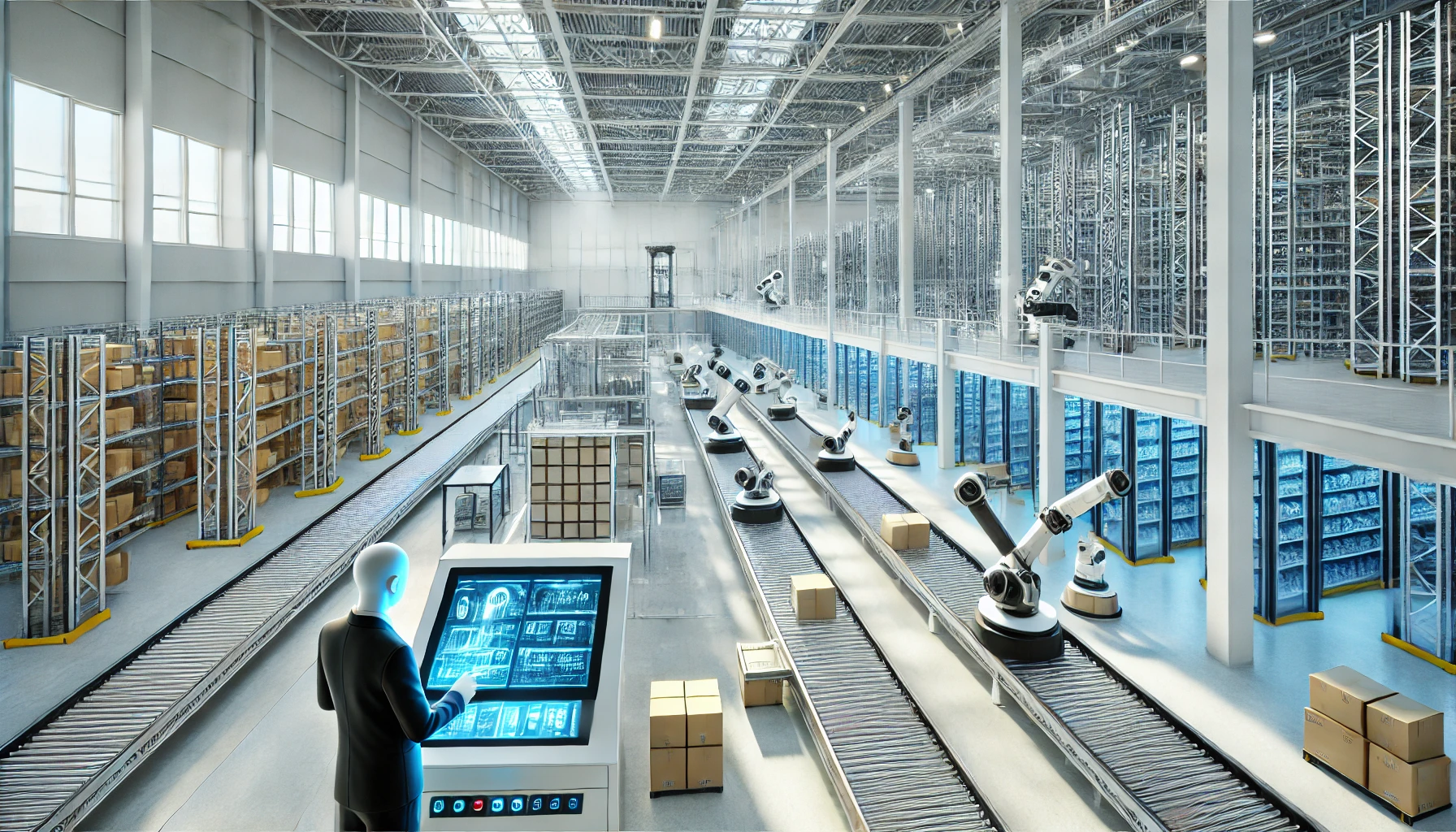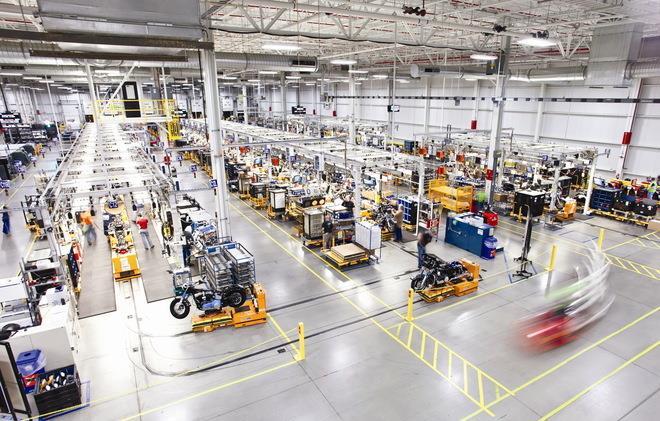The “right kind” of warehouse automation depends on your business needs, scale, operational challenges, and long-term goals. Here’s a breakdown of factors to consider and options available:
Factors to Determine the Right Kind of Automation
- Business Type
- E-commerce: Focus on fast, accurate order fulfillment.
- Cold Storage: Prioritize temperature control, dense storage, and energy efficiency.
- Manufacturing: Optimize material handling and inventory staging.
- Scale of Operations
- Small to Medium Businesses: Start with semi-automation like barcode systems and conveyor belts.
- Large Enterprises: Implement fully automated solutions like ASRS (Automated Storage and Retrieval Systems) and robotics.
- Order Profiles
- High SKU variability requires systems like Goods-to-Person (GTP).
- Bulk handling may benefit from palletization and ASRS.
- Labor Dynamics
- Labor shortages or high costs favor automation.
- Availability of skilled operators influences the choice of technology.
- Budget
- Ensure ROI by balancing upfront costs with operational benefits like reduced errors and faster throughput.
- Integration Needs
- Evaluate how well the automation integrates with WMS (Warehouse Management Systems), ERP, or other software.
Types of Warehouse Automation
- Basic Automation
- Conveyors, sorters, and guided vehicles.
- Suitable for streamlining repetitive tasks without high investment.
- Goods-to-Person (GTP) Systems
- Robots or shuttles bring items to workers for picking and packing.
- Efficient for e-commerce and multi-SKU environments.
- ASRS (Automated Storage and Retrieval Systems)
- Automated cranes or shuttles retrieve and store goods.
- Ideal for cold storage (rack-clad solutions) or high-density warehouses.
- Robotic Process Automation (RPA)
- Robotic arms for picking and palletizing.
- Cobots (collaborative robots) for flexible handling.
- Autonomous Mobile Robots (AMRs)
- Navigate dynamically within the warehouse.
- Excellent for multi-zone operations with fluctuating layouts.
- Pick-to-Light and Voice Picking Systems
- Enhances manual picking with guided instructions.
- Useful for semi-automated environments.
- Integrated IoT and AI
- Sensors, predictive analytics, and smart systems for inventory tracking and energy efficiency.
Best Practices for Implementation
- Conduct a Needs Assessment:
- Analyze current inefficiencies and growth forecasts.
- Map out key pain points.
- Pilot Small Before Scaling:
- Start with one module or process to test ROI and adaptability.
- Focus on Scalability:
- Choose systems that can grow with your business needs.
- Partner with Experts:
- Collaborate with trusted integrators or consultants to tailor solutions.
- Training and Change Management:
- Ensure staff is prepared to work with new technologies.
In Cold Storage Projects (Specific to Your Domain)
For cold storage automation like ASRS, the focus is on:
- Energy Efficiency: Minimize heat ingress during operations.
- Dense Storage: Optimize space with vertical or rack-clad solutions.
- Speed and Accuracy: Reduce manual handling to preserve the cold chain.
- Compliance: Meet food safety and pharmaceutical standards.
By aligning your automation strategy with these considerations, you ensure a solution that delivers value while staying adaptable to future trends.


